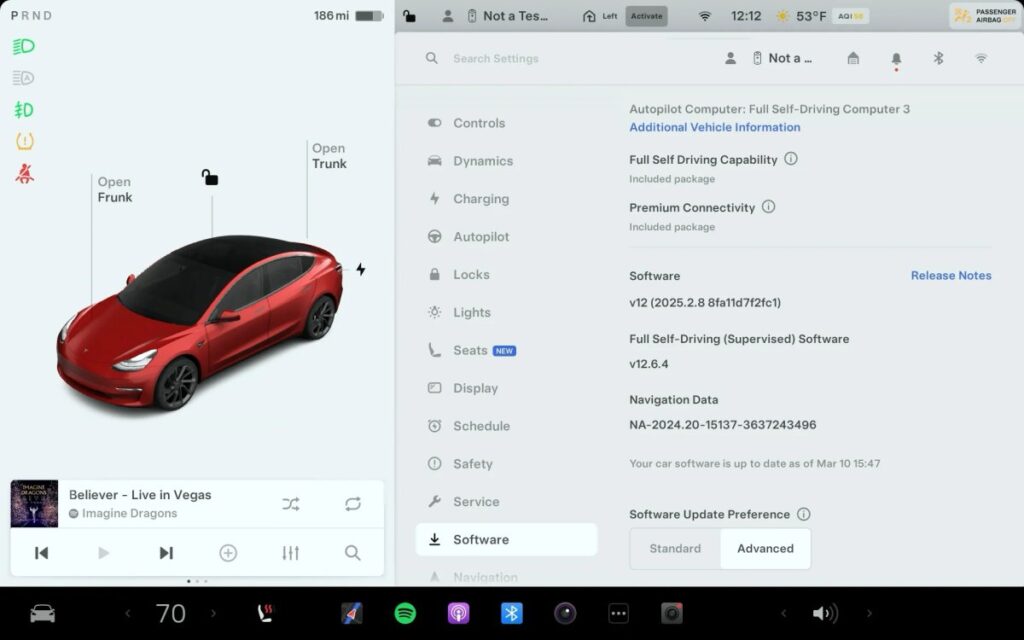Tesla Navigation Maps: Everything You Need to Know
Since its inception, Tesla has opted for its own Linux-based operating system and mapping solution, rather than relying on CarPlay or Android Auto. This decision has allowed Tesla to create a mapping system that seamlessly integrates with its vehicles, optimizing energy-efficient routes and adapting navigation based on the battery’s charge level.
While Tesla uses Google Maps for most of its mapping features worldwide, Baidu Maps data is utilized in China. Street data and voice navigation are preloaded and regularly updated, with the routing engine being supplied by MapBox, a company that has been working in this field for over a decade.
Navigation Routing
MapBox’s ‘Valhalla’ routing engine, acquired in 2018, is a key component of Tesla’s navigation system. Valhalla provides detailed guidance, turn restrictions, highway exit information, and time zones. Although Tesla uses Google Map APIs for most of its navigation app, the actual routing is done on Tesla’s servers using Valhalla.
Some advanced map features, such as live traffic visualization and satellite view, require a subscription to Tesla’s Premium Connectivity data plan. However, basic features like traffic-based routing, Trip Planner, and Supercharger availability are accessible with standard connectivity.
Map Updates
Tesla typically releases navigation map updates twice a year, although there is no strict schedule. If your map version is over a year old, you may need to connect to WiFi to download the latest updates. Failure to update your maps could impact certain features like Full Self-Driving (FSD). If WiFi access is limited, Tesla Service Centers, Supercharger locations, or businesses with WiFi can be alternative download spots.
Map updates are large files, often several gigabytes in size, and may take some time to download. Similar to software updates, map updates are rolled out gradually, with not all vehicles receiving the latest version at once. Updates are downloaded silently in the background when the vehicle is connected to WiFi.
What’s Included in a Map Update
Tesla’s navigation system combines streamed data with downloaded map data to provide accurate information on the navigation screen. Downloaded navigation data includes street-level information, speed limits, and points of interest, while streamed data like navigation tiles and routing are updated in real-time by requesting data from Tesla’s servers.
Checking for a Map Update
To check for a map update, navigate to Controls > Software on your car’s touchscreen. Look for Navigation Data to see your current map version, which will be displayed as a region abbreviation followed by the year, week number, and build number of the map data. If a map update is available, a download progress bar will appear on the screen, indicating the need to connect to WiFi for the update.

